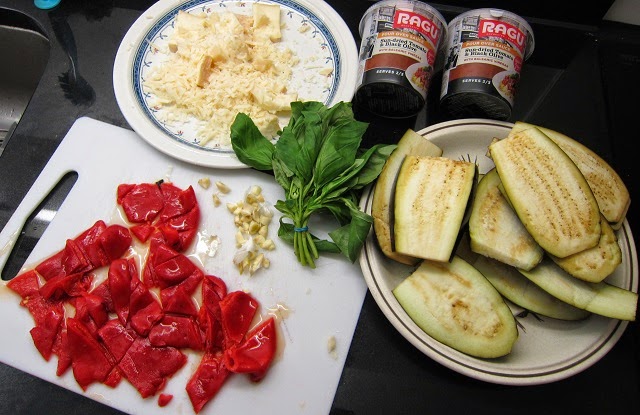 |
| Feta |
I’ve mentioned Feta briefly in a previous post, which mainly covered my adoration of the aubergine. Since then, I’ve attempted some other Feta-related feasts, and I thought it only right that I share them with you.
First up, a simple snack: Feta on toast with olive oil and balsamic vinegar. This works because the sweet, crunchy pepper perfectly balances the salty, crumbly Feta—a glorious union of contrasting textures and flavours.
 |
| Feta, red pepper and balsamic vinegar on toast |
And then there was the oh-so-simple pasta dish, adapted from Good Housekeeping’s recipe. This happened after I took pity on some Feta sitting forlornly in the fridge, and decided to roast it for dinner. After a short blast in the oven, the hot, sweet, juicy cherry tomatoes proved a delicious accompaniment to the cheese; I didn’t so much eat as hoover this meal.
 |
| Roast tomato pasta with Feta |
Did you know that Feta has ancient origins and can only be produced in Greece, yet its name is actually borrowed from an Italian word meaning slice? Watch this video for 23 other fascinating cheese name snippets.
The title of this post is my own twist on a quote from a cheese murder mystery author—eat your heart out, Broadchurch! With titles like As Gouda as Dead, Clobbered by Camembert and The Long Quiche Goodbye, author Daryl Wood Gerber has deliciously cornered the market in cheese-related crime. I'm with her alter ego Avery Aames: Cheese certainly does make life Feta.


